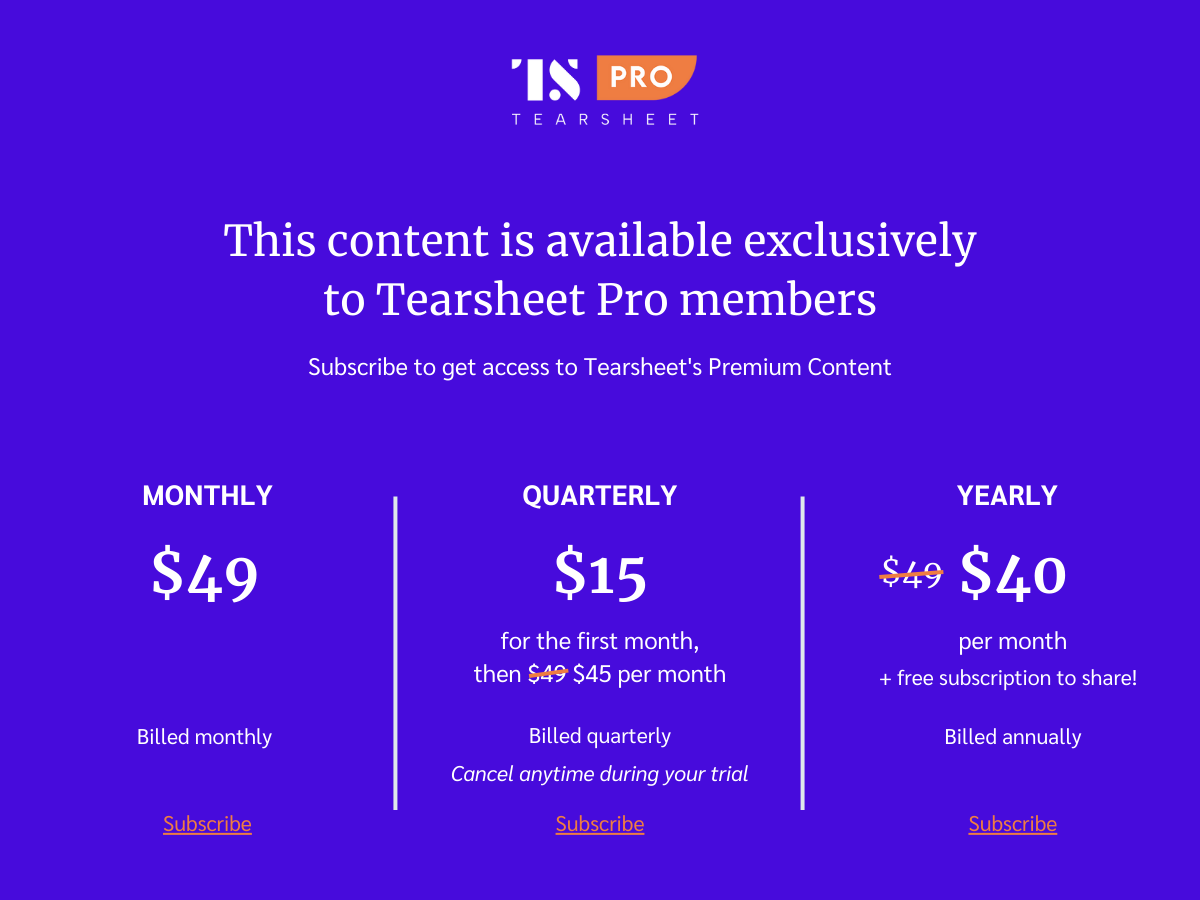How a Maine-based bank grew $4.7 million in deposits through a checking account for differently abled people
- We often talk about how UX makes a huge difference in how differently abled people interact with banking and financial products. But there is also the question of how the base financial product caters to differently abled people.
- Dive into why the Maine-based Bangor Savings Bank built a transactional checking account and how it grew its deposits to $4.7 million.

At Tearsheet we often talk about how UX makes a huge difference in how differently abled people interact with banking and financial products. But there is another layer to this, beyond how digital interfaces or physical touchpoints like branches are structured – there is also the question of how the base financial product caters to differently abled people. The question of tailoring products to the needs of particular communities is something banking and financial services is starting to find good answers to. We need only look at credit building products for Gen Z, spend management products for SMBs, or neobanks with niche focuses, to know that the financial services industry is acutely aware of the importance of such solutions.
And tailoring banking products to fit the needs of the differently abled is no different. 14.8% of working-age households with differently-abled individuals were unbanked according to a survey done by the FDIC in 2021. This is more than three times higher than the percentage of unbanked working-age households without differently abled people.
This is not to say that there are no banking products that cater to this community. Achieving a Better Life Experience (ABLE) accounts are tax-advantaged savings accounts for individuals with disabilities and their families, and so far 137,000 accounts have been opened.
In the absence of ABLE accounts, differently abled people had to choose between saving or remaining eligible for their benefits, the State Treasurer’s report on this matter states: “Eligibility for these public benefits (SSI, SNAP, Medicaid) require meeting a means or resource test that limits eligibility to individuals to report more than $2,000 in cash savings, retirement funds and other items of significant value. To remain eligible for these public benefits, an individual must remain poor.”



